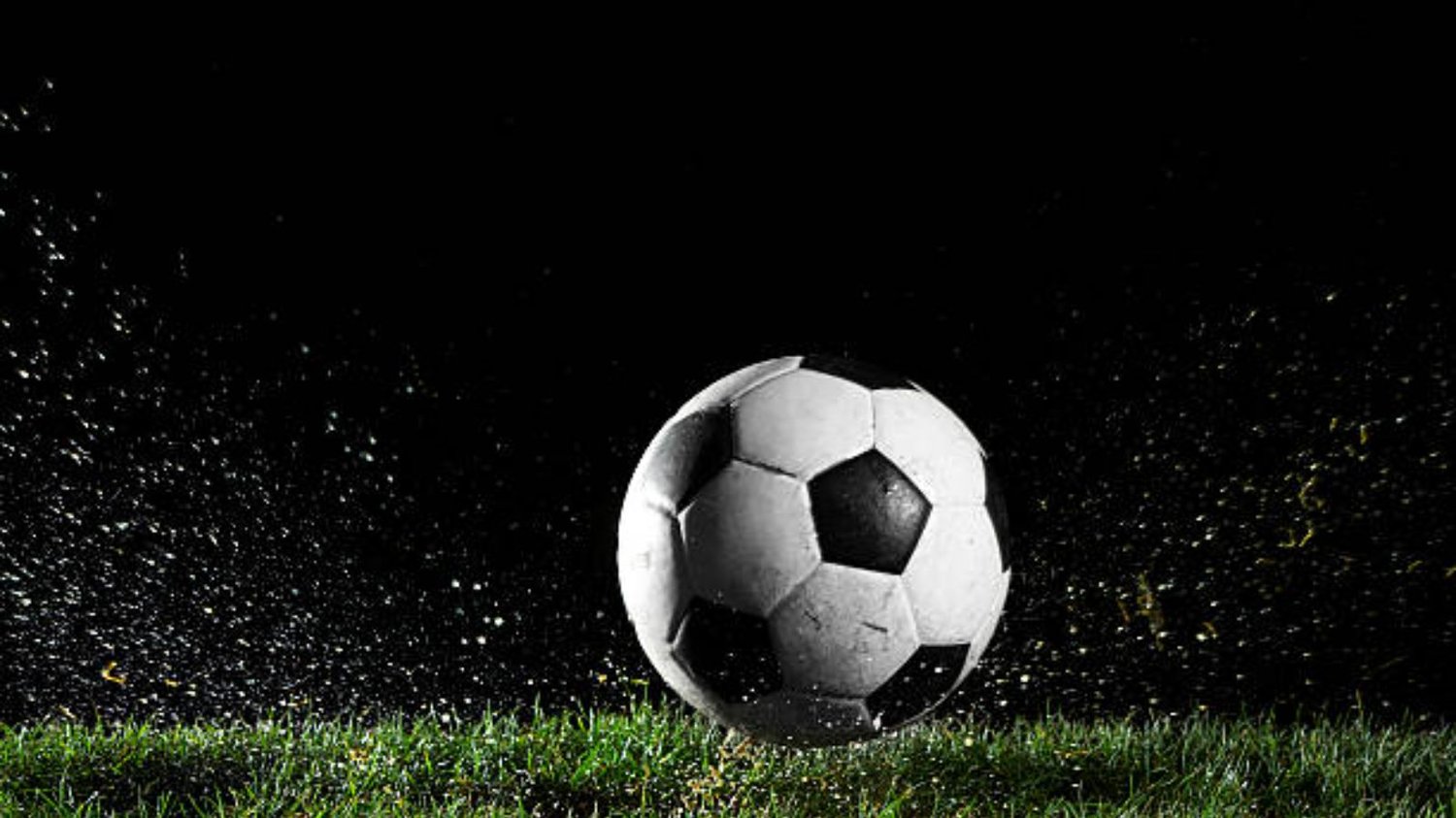Table of Contents

Introduction
Soccer is a sport enjoyed worldwide and played by individuals of all ages. Whether you are a seasoned professional or a beginner, it is essential to understand the importance of playing soccer on grass. Natural grass surfaces provide numerous benefits that artificial turf cannot offer. In this article, we will discuss the various aspects of soccer ball on grass to help you improve your game and make the most out of your playing experience.
1. Natural Grass: The Best Soccer Surface
Playing soccer on a natural grass surface provides numerous benefits to players. Firstly, natural grass surfaces offer a better grip, allowing players to make quick and sharp movements. The grip provided by natural grass is essential for ball control, as it helps players to make more precise and accurate passes. Additionally, natural grass surfaces are softer than artificial turf, which leads to less injury and fatigue.
2. Proper Ground Maintenance
It is essential to maintain a soccer field correctly to ensure the best playing conditions. Proper maintenance includes keeping the grass cut and trimmed to the ideal length and re-seeding any bare or dead spots. Ground maintenance helps to ensure that the field remains flat so that players can move the ball quickly and accurately. A well-maintained field provides a better playing experience and reduces the risk of injury.
3. Climate and Weather
The climate and weather have a significant impact on a natural grass soccer field. In areas with a lot of rainfall, the field may become waterlogged, making it challenging to play on. High temperatures may lead to dehydration, affecting player performance. In contrast, low temperatures can cause the grass to stiffen and become more challenging to move on. Understanding the climate and weather in your area is essential to maximizing your soccer ball on grass experience.
4. The Role of the Ball
The ball's condition is an essential aspect of soccer, regardless of the playing surface. However, on grass, it becomes even more critical. Grass surfaces tend to be more forgiving than artificial turf. As a result, the ball rolls slower, making it easier to control. Soft conditions can also affect the ball's shape, so it is important to have a fully inflated and round soccer ball when playing on natural grass surfaces.
5. Footwear Matters
Footwear plays a significant role in playing soccer on natural grass surfaces. Proper soccer cleats provide the necessary grip and traction to move quickly and make sharp turns. Wearing improper footwear may result in slipping or sliding, leading to injury and affecting your overall performance. Make sure to choose the appropriate shoe for the playing surface and conditions to maximize your playing experience.
6. The Importance of Warm-Up
Before any physical activity, warm-up exercises are essential to prepare your body for the task ahead. Playing soccer on grass surfaces is no exception. A proper warm-up helps to loosen up the muscles and prevent injury. Warm-up exercises should include stretching, jogging, and quick movements that mimic the actions of soccer. A proper warm-up leads to better performance and reduces the risk of injury.
7. Ball Control Techniques
The playing surface affects your ball control techniques. On natural grass surfaces, the ball tends to move slower, making it easier to control using the feet. It is essential to practice different ball control techniques, such as dribbling, trapping, and passing, on natural grass surfaces to improve your skills. A better understanding of ball control leads to better overall soccer performance.
8. The Role of Goalkeeping
In soccer, the role of the goalkeeper is critical. Playing on natural grass surfaces affects the goalkeeper's techniques and requires a different playing style than on artificial turf. The natural grass surface affects the ball's trajectory and speed, making it necessary to adapt to the playing surface. Goalkeepers should practice on natural grass surfaces to develop their skills, improve their reactions, and make better saves.
9. Personal Safety
Playing soccer on natural grass surfaces provides numerous benefits, but it also poses risks to personal safety. The risk of injury increases on natural grass surfaces, especially with improper footwear and lack of ground maintenance. It is essential to take precautions to avoid injury, such as wearing appropriate footwear, warming up correctly, and playing on well-maintained fields.
10. Conclusion
Soccer is a sport enjoyed globally, and playing on natural grass surfaces has numerous benefits for players of all ages and skill levels. Understanding the importance of soccer ball on grass helps to improve your overall playing experience and leads to better performance. Proper ground maintenance, appropriate footwear, and a proper warm-up help to minimize the risk of injury while maximizing your playing experience.
